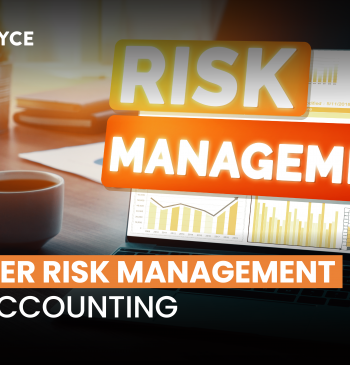30 Jul

ROI is a key metric for measuring a company’s success. It indicates how much profit a company makes in relation to the amount of money it invests. ROI is used by investors and management teams alike to evaluate how well their companies are performing. Understanding how to calculate ROI can help you make informed decisions about your investments and give insight into where your money may go wrong!
Table of Contents
What is ROI?
ROI stands for Return on investment. It is the profit ratio to the investment cost. It’s also known as return on assets (ROA), net earnings, and gross profit margin. Businesses invest in stocks or in their own business for the sole purpose of getting investment returns. Therefore, the more profitable your business, the higher its return on investment will be. A high return on investment means that you’ve made more money than what it costs you to run your company regarding wages and other expenses such as rent or taxes. This can help determine if there are sustainable returns from investing in a particular business idea or product line for it to continue growing over time without having too much trouble paying off its debts eventually due to competition from other similar companies offering similar services at lower prices because they don’t have many overhead costs compared with yours.
How to Calculate ROI?
As it is relatively simple and easy to calculate, return on investment is a standardized, global indicator of profitability. ROI is computed by dividing the net return by the investment’s cost and multiplying the result by 100. The net return on investment is obtained by subtracting its original value from its final value.
The formula for determining return on investment is:

Example
Let’s assume that Mr.John brought a shoe company that cost $1000 in 2021. He additionally invested $100 to buy raw products. As a result, he earns $2000 from his business after one year. Find return on investment.
Net return on investment = $2000- ($1000+$100)
= $900
Return on investment = $900 ፥ $11,00 ✕ 100
Return on investment =81%
Interpretation of Return on Investment
Return on investment is a way of measuring how much money you’ve made from your investments over a period of time. But it doesn’t tell you how much money you’ll make in the future. So if your company has an return on investment of 20%, but its revenue only grows by 10%, then your ROI may be less than what it should be based on its potential growth rate.
Consider these two important points while calculating ROI
- It is intuitively simpler to understand and is frequently represented as a percentage.
- Investment returns can be positive or negative. Therefore, the ROI calculation includes the net return in the numerator.
If return on investment computations produce a positive result, it means that the business is profitable because total returns exceed total costs. In contrast, a negative ROI indicates that an investment generates a loss because total costs outweigh total returns.
What are the Benefits of ROI?
- The calculation of ROI is pretty easy to understand. Even people who lack accounting experience can calculate it easily.
- ROI helps you justify the cost of your project.
- It helps you understand how much return you get on your investment for your product or service.
- It is a key metric for businesses looking to make savvy decisions about their investments in marketing campaigns and other initiatives that impact revenue streams such as sales or subscriptions.
- Return on investment is an important metric for comparative analysis of different companies or businesses.
What are the Limitations of ROI?
- The time worth of money is not included in the return on investment. If we consider the time worth of money, the project could not be profitable.
- ROI is important for competitive analysis, but it has a limitation. It is essential to consider the company’s policies while doing competitive research.
Conclusion
ROI is an important metric because it helps you determine whether or not your business is making money. One way to think about this is by asking yourself if your project has positively impacted the value of your company’s assets. If so, then you have a positive return on investment.
Content writer at Invyce.com
Related Post
Copyright © 2024 – Powered by uConnect



Meena Khan